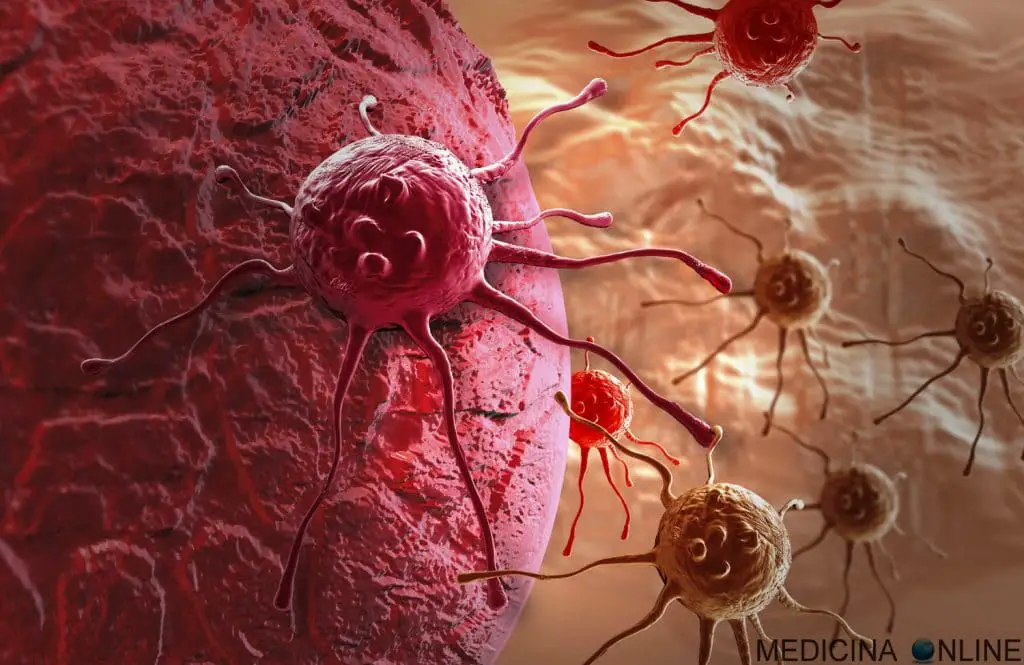An interdisciplinary team of researchers from the University of Illinois has discovered a potential new treatment option for breast cancer drug-resistant. Their findings, published in Breast Cancer Research and Treatment demonstrate the role of ferroptosis activators in overcoming acquired resistance to FOXM1 inhibitors.
A potential new treatment option for breast cancer
Drug resistance is a difficult problem for many breast cancer patients, as it reduces the effectiveness of many long-term treatments. Although a given treatment can kill most cancer cells, a small percentage are resistant to the treatment, allowing them to survive, grow, and spread.
The ability of cancer cells to survive and grow relies on a balance between cell proliferation and cell death. Two of the dominant regulatory factors that govern the proliferation, growth, and survival of breast cancer cells are the estrogen receptor and FOXM1, a cancer-promoting transcription factor that is highly expressed in many tumors and absent in most normal adult tissues. FOXM1 stimulates cell proliferation but, as demonstrated, also suppresses cell death, allowing tumors to survive.
“If there are more cells and they die less well, you get larger, more aggressive tumors,” said Benita Katzenellenbogen, professor of molecular and integrative physiology at Swanlund University and author of the study.
“If there are more cells and they die less well, you get larger, more aggressive tumors,” said Benita Katzenellenbogen, professor of molecular and integrative physiology at Swanlund University and author of the study.

Katzenellenbogen’s team wanted to characterize the role of FOXM1 in promoting the survival and aggressiveness of breast cancer cells to improve clinical outcomes in breast cancer patients.
They began by developing FOXM1 inhibitors called NB compounds that bind to FOXM1, blocking its activity. But some breast cancer cells that are initially suppressed by the NB compounds become resistant to their killing effects, resulting in the survival and growth of these cancer cells.
“Cancer cells are very smart cells, so they find ways to become resistant to the lethal effects of these inhibitors,” Katzenellenbogen said. “They are no longer killed by the inhibitor; instead, they survive and grow.”
The researchers examined the changes in these cells that allowed them to adapt and survive in the presence of an inhibitor. Surprisingly, global RNA genetic analysis revealed that in ER-positive and triple-negative breast cancer cells, resistance to FOXM1 inhibition was accompanied by elevated levels of genes that suppress ferroptosis.

This suggests that acquired resistance to FOXM1 inhibitors could be reversed with inducers of ferroptosis, a type of iron-dependent programmed cell death. Cancer cells are highly dependent on iron for their metabolic activity.
“This encouraged us to look more deeply into the state of ferroptosis in sensitive cells and in cells that had become resistant to inhibitors,” Katzenellenbogen said. “With every experiment we do, we learn things that are often new and make us look in new dimensions.”
Although the team’s findings need to be further examined in in vivo animal models, it is hoped that the use of ferroptosis activators could be an effective tool to treat a wide variety of tumors and to improve the therapeutic response to FOXM1 inhibition.
“We’re starting to work on organoids, which are multicellular and more closely mimic the natural environment of the breast that cancer would be in,” Katzenellenbogen said. “And based on that, the next steps are to move toward clinical trials of safety and then efficacy.”
#Breast #Cancer #Role #Ferroptosis
